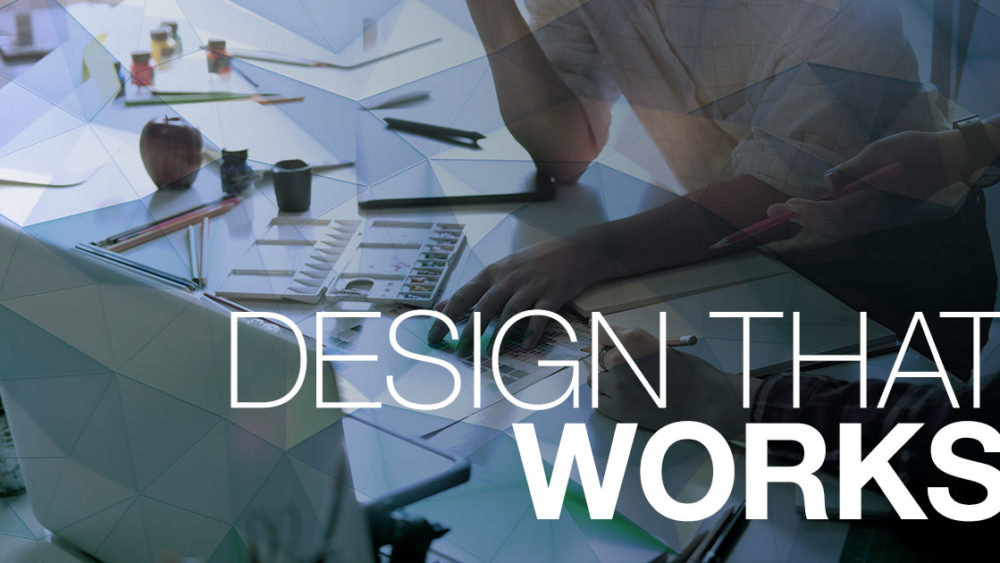Think about the first logo that pops into your head.
Now, think about why it popped into your head.
Sure, it probably looks nice, but you see all sorts of things every day that look nice and forget most of them. It can’t possibly be the most beautiful thing you’ve seen recently, but it still stayed at the forefront of your memory and was recalled with the simple mention of the word logo.
The truth is that it stuck in your head because it was designed to.
Good design is not about making something that looks nice – it’s about developing a solution that achieves a goal. The logo you remembered is a design solution developed with the goal of being relatable and memorable to its target audience.
Let’s look at another example. Consider an interstate highway sign: a public design object that millions of people encounter daily. The forest-green rectangles dotting America’s highways, adorned with bold, white, reflector-studded lettering are not what most people would consider beautiful, or even remotely interesting.
However, these somewhat mundane objects are part of an extremely effective design system developed to solve a complex problem. They legibly and succinctly provide critical navigation and safety information to people operating vehicles at high speeds.
Drivers need to use these signs to quickly obtain information and use it to make important decisions. In this situation, there is no room for interpretation, aesthetic flourishes or personal style. The “best” design for a road sign is one that effectively communicates important information in the simplest and clearest way possible.
You might not be in charge of the National Highway System, but solution-oriented thinking can be applied to any design need. For entrepreneurs, choosing a logo is an exciting step in launching a business. Understandably, most people want to develop a logo that looks nice to them. But effective design goes far beyond the question, “does it look good?”
Other critical questions include: Is it legible? Could it be misread in an unfortunate way? Most importantly: does it communicate effectively with your target audience?
The best way to ensure that your design works is to hire a skilled designer. However, here are a few tips to help guide your design thinking.
Iterate, iterate, iterate.
Design does not exist in a vacuum, and it can’t be created in one either. At every step of the design process, be sure to compare and contrast between different ideas, mockups and versions.
Talk it out.
Don’t be too quick to make demands or shut down ideas – always ask questions first. Good designers are thoughtful and will likely be happy to talk about their design decisions or explain why the font you want might not be the best solution.
Stress test.
Your logo might look great on your computer screen, but what if it has to be printed really small at the bottom of a page? Or has to be blown up on a banner at an event? Or if it needs to be printed on a black background? Make sure your design is ready for any situation.
Ask around.
Remember: you are not your target audience. It can be helpful to hear feedback from people outside the design process. On a tight budget, getting the opinion of friends, family and your company’s employees can be helpful to ensure your design is clearly understood. If you have the budget, a focus group or online survey of people within the target demographic of your audience is the most effective way to test your design’s effectiveness.















Comments are closed.